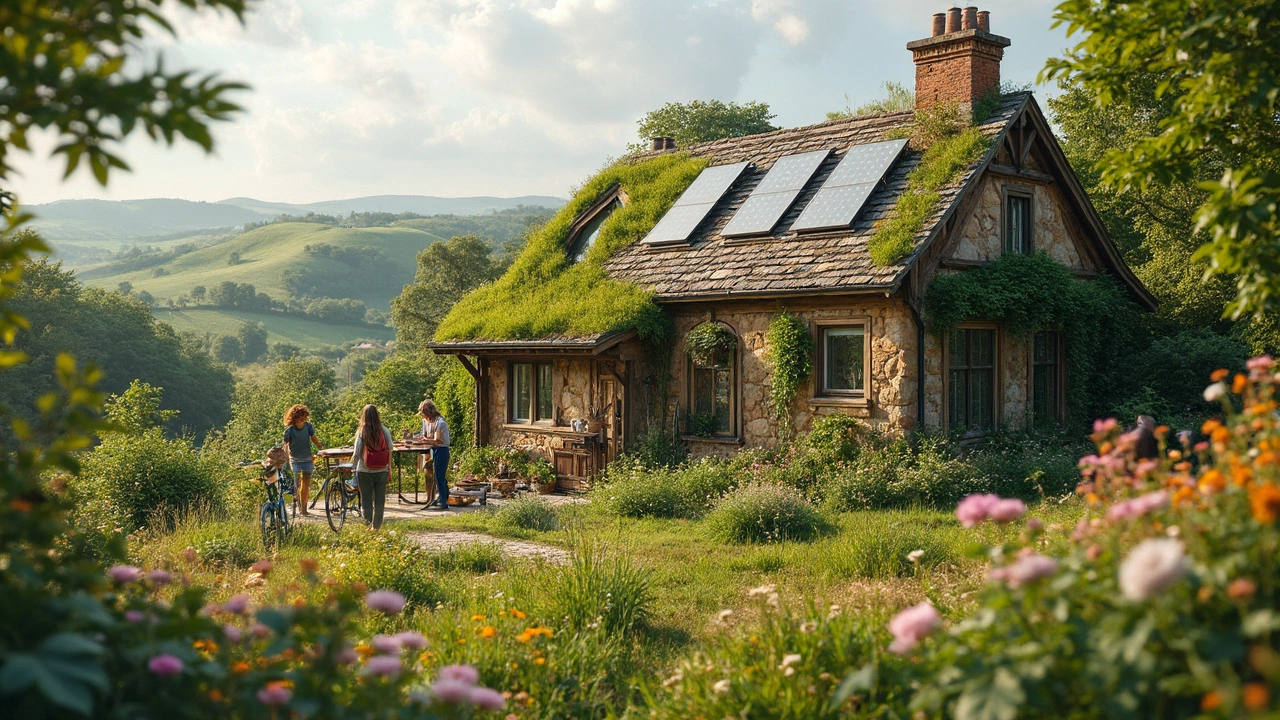
Off-Grid Living Made Simple – Tips, Homes & Ideas
Thinking about ditching the utility bills and living off the land? You’re not alone. More folks are hunting for ways to be self‑reliant without giving up comfort. Below you’ll find real‑world steps you can take right now, plus a peek at off‑grid options near Loch Ness.
Getting Started: What You Need to Know
The first thing to sort out is power. Solar panels are the go‑to for many beginners because they’re cheap to install and scale up as you need more juice. Pair them with a small battery bank and you can run lights, a fridge, and a laptop without a grid hookup. If you’re in a windy spot, a micro‑turbine can boost your output on blustery days.
Next up is water. A rain‑catching system with a simple filter can supply drinking water for a small household. For extra security, a shallow well or a nearby stream with a portable pump works well, as long as you treat the water before you drink it.
Heat is another big piece. Wood‑burning stoves are classic and work great in the Highlands. Modern pellet stoves run cleaner and need less tinkering. If you have decent sunlight, a solar‑thermal collector can warm water and even help heat the house.
Don’t forget waste. Composting toilets are a low‑maintenance option that keep you off the septic grid. For grey water (showers, sinks), a reed bed or simple sand filter can safely recycle it back into the garden.
Budget matters, so start small. A tiny cabin or a refurbished yurt can cost a fraction of a traditional house. You’ll save on materials, and the smaller footprint means less energy to maintain. Many people build a basic shell first, then add insulation, solar, and water systems as money allows.
Off‑Grid Options Around Loch Ness
If you’re drawn to the Scottish scenery, the Loch Ness area has several off‑grid gems. Glamping cottages blend rustic vibes with solar panels and wood‑burning stoves, giving you a cozy night without a full‑time commitment. Some local farms rent out tiny homes that run on solar and rainwater, perfect for a weekend reset.
For a longer stay, check out self‑catered residences that let you bring your own energy setup. Many of these places already have a basic off‑grid infrastructure, so you can plug in your solar kit and hit the ground running. It’s a smart way to test the lifestyle before you commit to buying land.
Don’t overlook community resources. The Highland council offers grants for renewable energy installations, and local groups often share tips on shared solar farms or bulk‑buying of eco‑friendly building materials. Tapping into these networks can shave dollars off your project and give you a support crew.
Bottom line: off‑grid living isn’t a fantasy reserved for hermits. With a clear plan, modest budget, and a little research, you can enjoy clean power, fresh water, and the peace of the Highlands. Start with one system—maybe a solar panel kit—watch the savings roll in, and expand from there. Your self‑sufficient adventure is just a few steps away.
